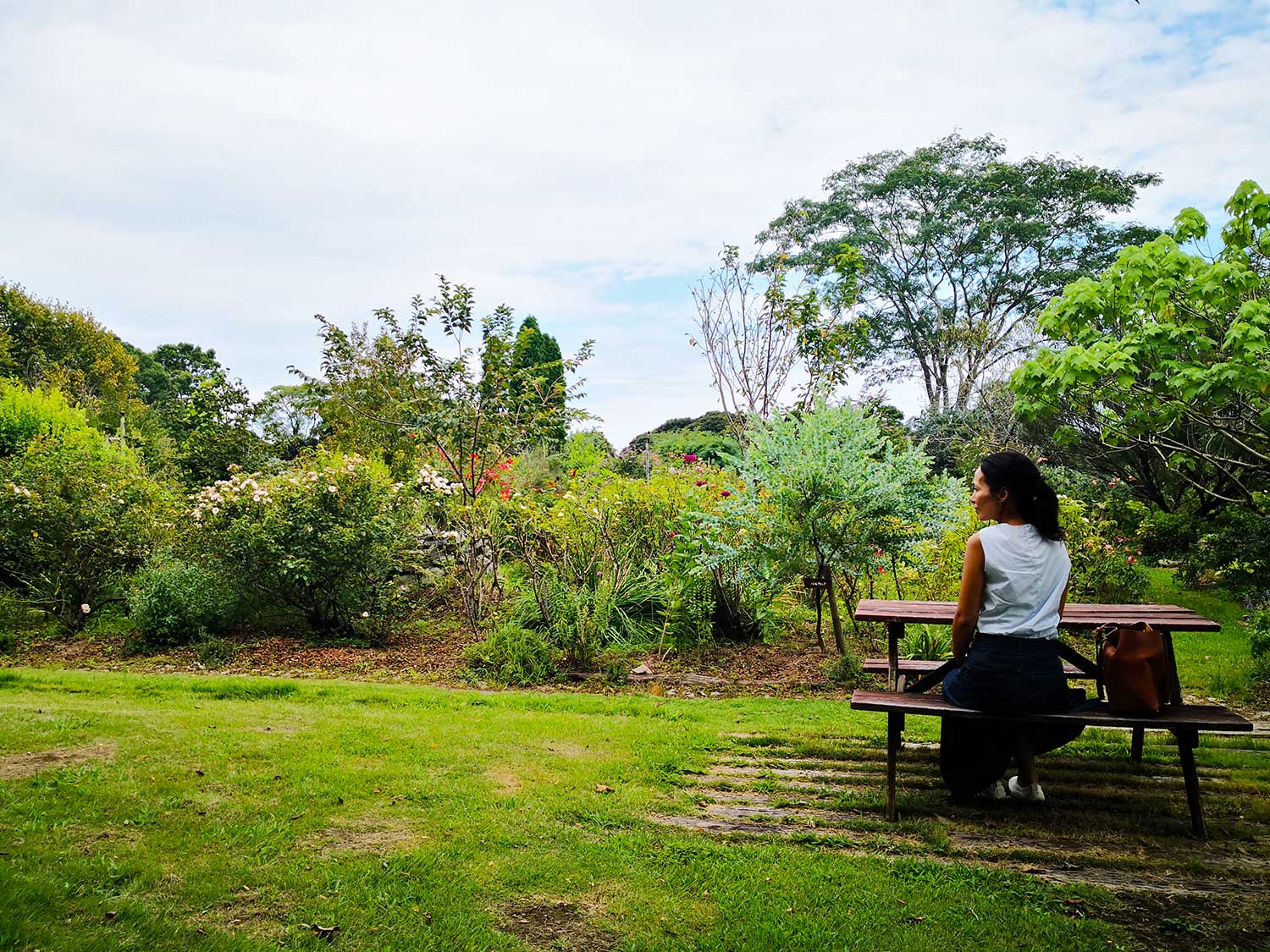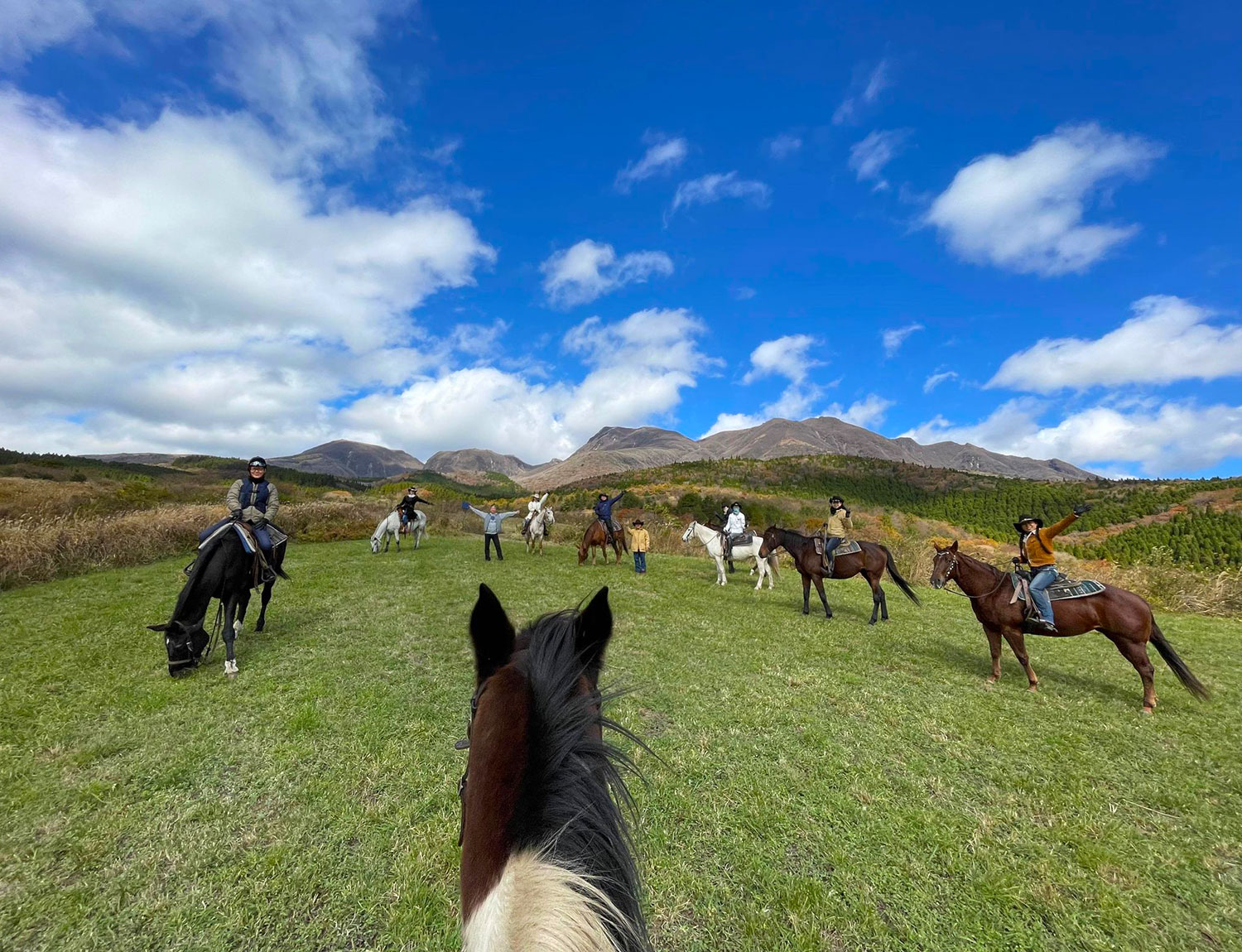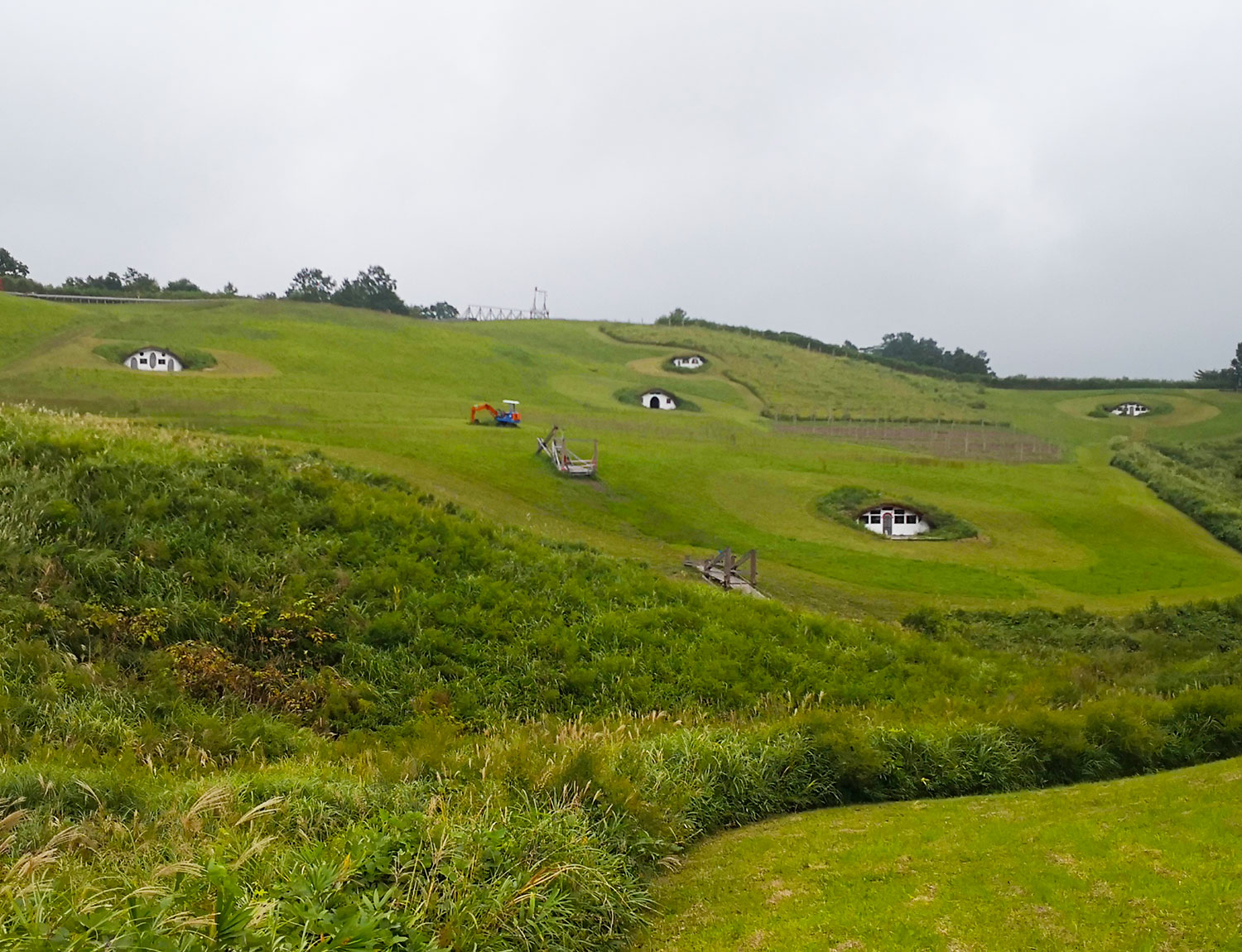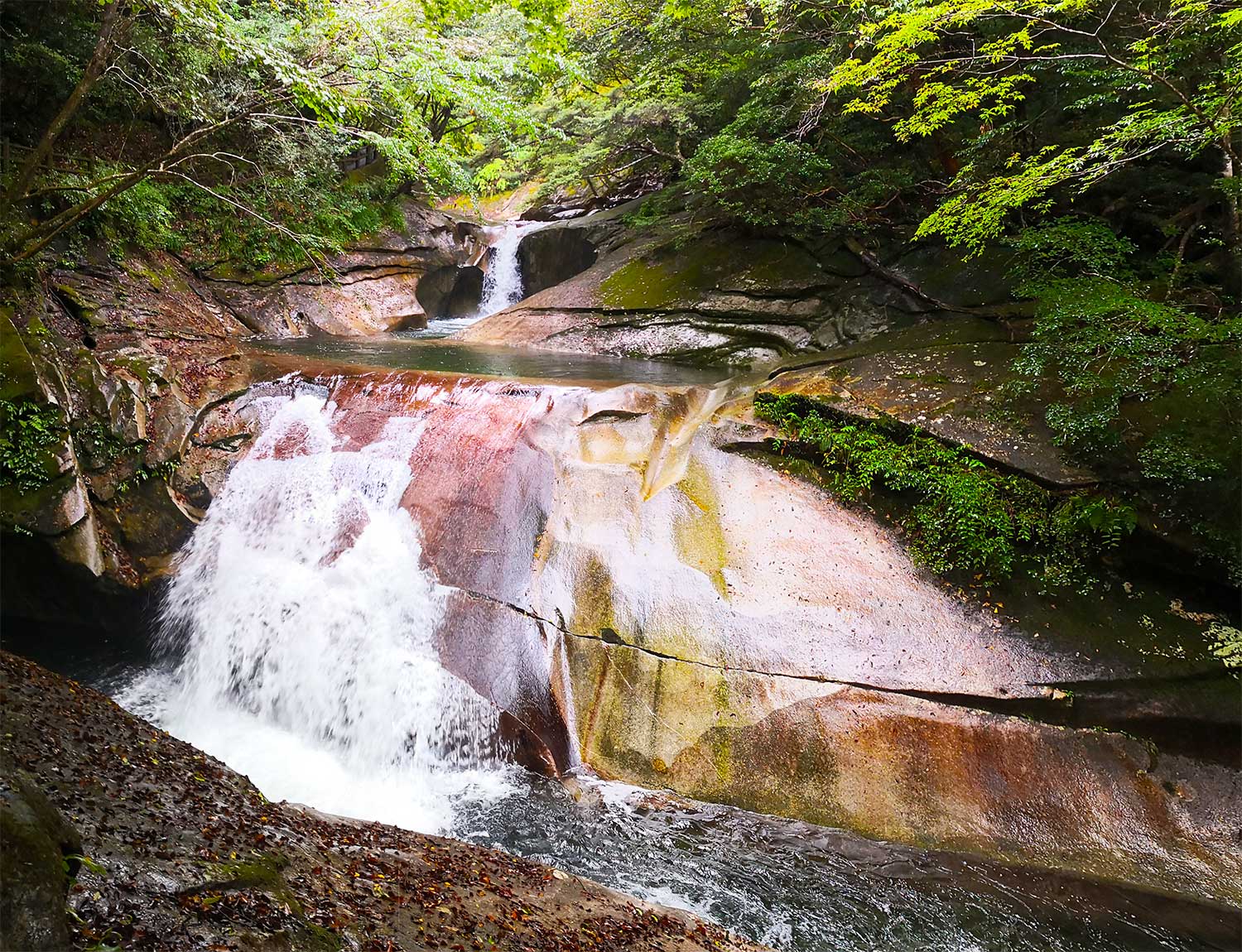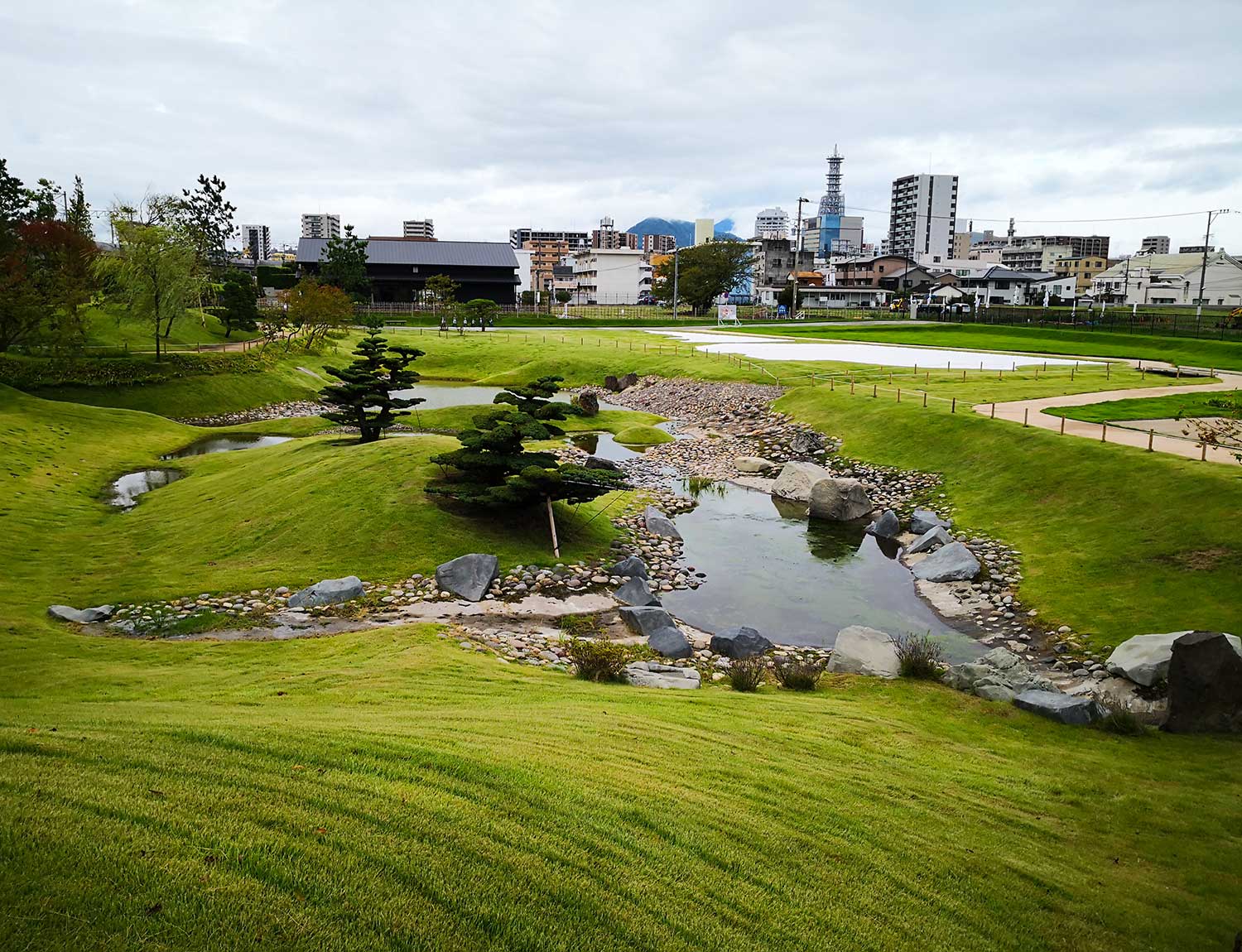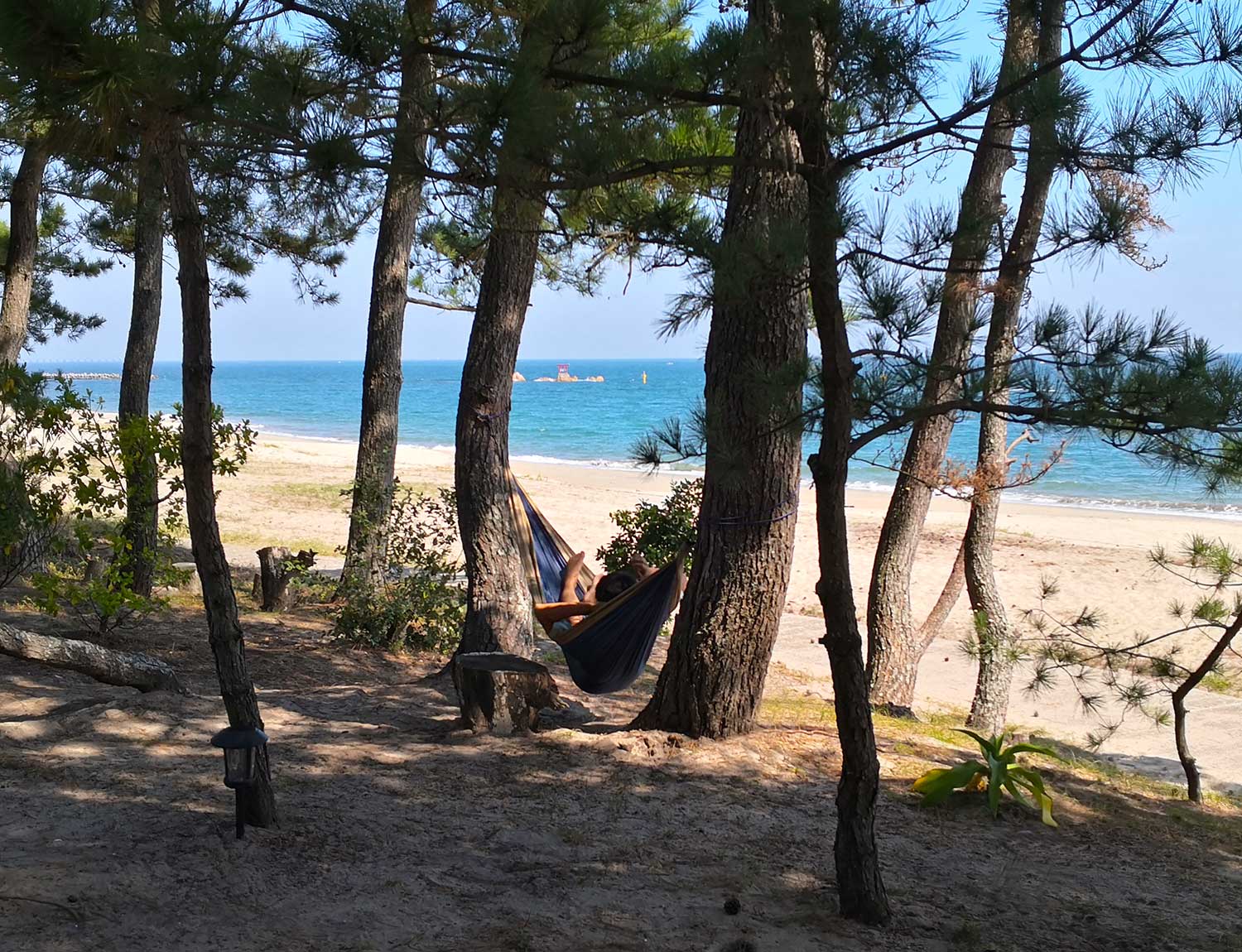Kunisaki Peninsula-Usa GIAHS
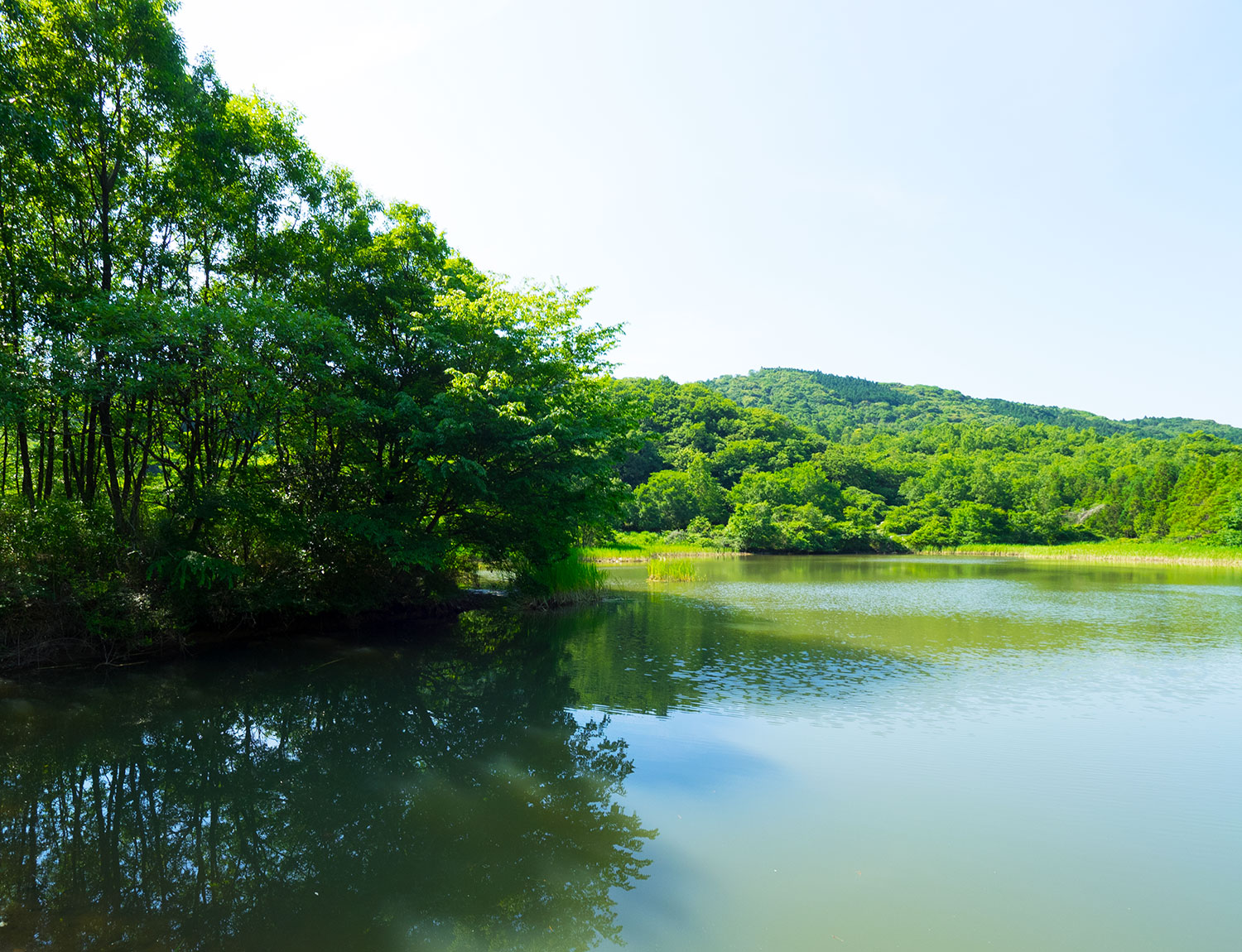
Kunisaki and Usa was recognised as a Globally Important Agricultural Heritage System (GIAHS) by the United Nations in 2013. Look at a map of the Kunisaki Peninsula and neighbouring Usa area and the preponderance of lakes and ponds inevitably catches the eye. As early as the 11th Century, rice farmers resolved the problem of relatively low levels of rainfall and porous ground by damming areas to secure irrigation water that would last throughout the growing season. Many of the approximate 1,200 ponds seen today, however, were constructed in the 19th Century as Japan’s population swelled and more land was brought under cultivation.
Another look at the map also shows that significant areas of Kunisaki are forested. Whilst cedar tree plantations and bamboo groves are common, one particular species of tree, the kunigi sawtooth oak, is also common to the area, an environment to which it is particularly well-suited. Delightful, leafy woodlands are created by the kunugi, the timber of which is used locally to grow shiitake mushrooms, one of Oita’s leading agricultural products. Kunigi trees, which self-regenerate after being cut, create a rich forest floor and subsoil, composed of leaf litter and decayed undergrowth, that aids the retention of water. This water, which is replete in nutrients, recharges the ponds that are found throughout Kunisaki.
The kunugi logs used in the cultivation of shiitake are worked out by the mushroom’s spores after about five years, at which time they are discarded. Left to nature the logs fully decompose over the following years slowly releasing more nutrients into the soil. These leech through the ground into Kunisaki’s ponds and rivers, and eventually into the Seto Inland Sea.
So rich is Kunisaki’s symbiotic system of ponds and cultivation, that it has created a diverse ecological habitat both on land and at sea that is home to many varieties of vegetation, animals, birds, reptiles, fish and insects including endangered Red List species. The latter include Iwagiriso (Opithandra primuloides), Akasa (Liobagrus reini) Oitasanshouuo Japanese Giant Salamander, and Little Curlew.
At a glance
Beside being a spiritual and beautiful rural region, the Kunisaki Peninsula has also been recognised a Globally Important Agricultural Heritage Site by UNESCO.



